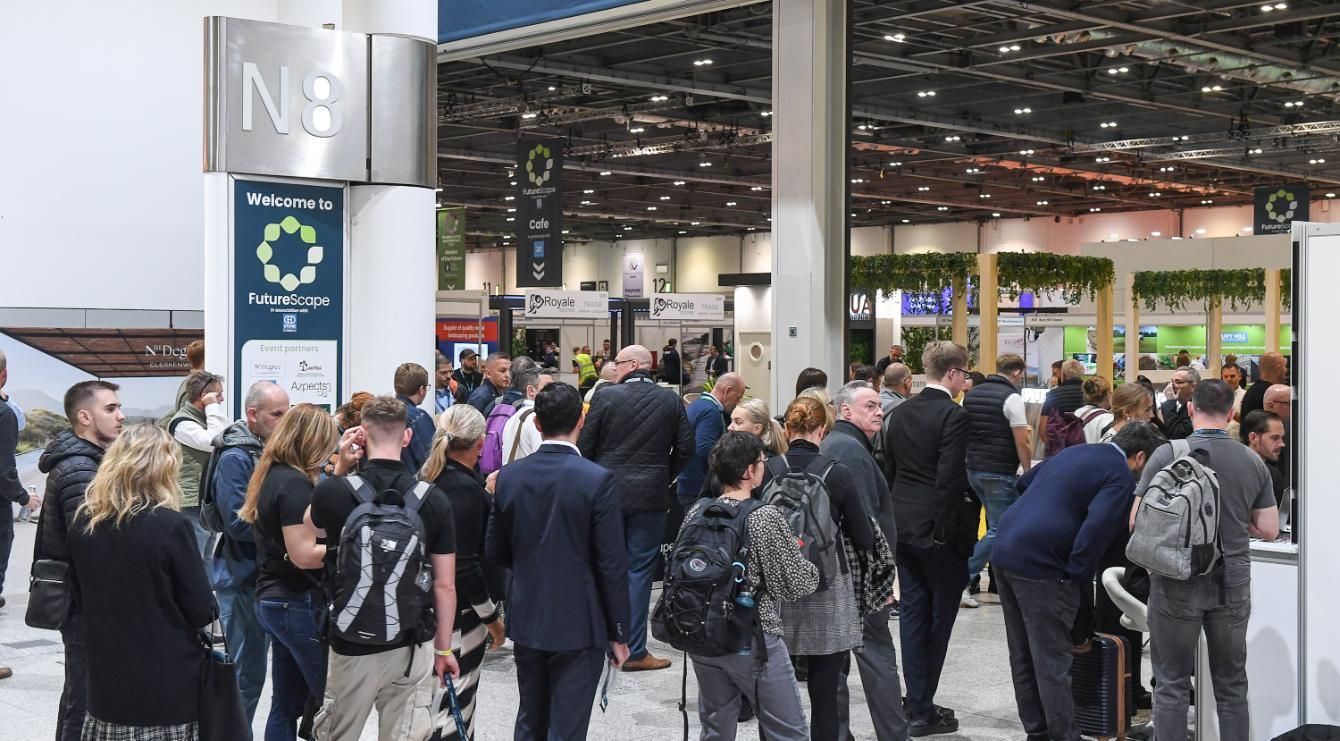-
07-Oct-2025While the BNG Hierarchy prioritises on-site gains, report data shows off-site gains are performing ‘better’, so where does that leave us? Should BNG be achieved within the boundaries of a development site, or can off-site solutions offer more strategic ecological benefits? If the Hierarchy was to be amended to advocate for off-site, who would the delivery then fall to? Our panellists discuss the pros and cons of off-site delivery and what this could mean for the industry.
-
07-Oct-2025It's hoped the new Planning & Infrastructure Bill will fast track the delivery of 1.5 million homes as well as major infrastructure projects by the end of Labour's five-year term. But will it address the significant delays in gaining planning approval that are having a knock-on effect not only on developers but on the contractors implementing the projects? What else could be done to streamline the process and make the government's housebuilding targets, amongst others, more achievable?
-
07-Oct-2025As the use of chemical weed control faces increasing scrutiny, Michel Wimmers presents a more sustainable solution for professionals: eWeeding. This innovative technology delivers electricity through the plant’s leaves, stems, and roots, causing irreversible damage and ensuring long-lasting results. In his talk, Michel will guide visitors through the advantages of eWeeding, from saving municipalities time and costs to minimising disruption for local residents and creating cleaner, more sustainable living environments – illustrated with real-world case studies.
-
07-Oct-2025This summer, the government released new national standards for Sustainable Drainage Systems (SuDS), which mentioned the need to maximise their biodiversity benefits and how they could contribute to biodiversity net gain (BNG) requirements. But we’re still waiting for SuDS to be made mandatory. What are the likely barriers? How could SuDS be a tool for boosting biodiversity? And do the new standards go far enough in encouraging a nature-based approach? Our panellists share their thoughts and the best practices for design and implementation of SuDS.
-
07-Oct-2025The Regenerative Framework is a proven, scalable model for transforming public land and corporate campuses into climate assets. Rooted in soil health, biodiversity, and community resilience, it unites ...

13 - 14 October 2026 | Farnborough International Exhibition & Conference Centre
Public Spaces Theatre - Day 1
